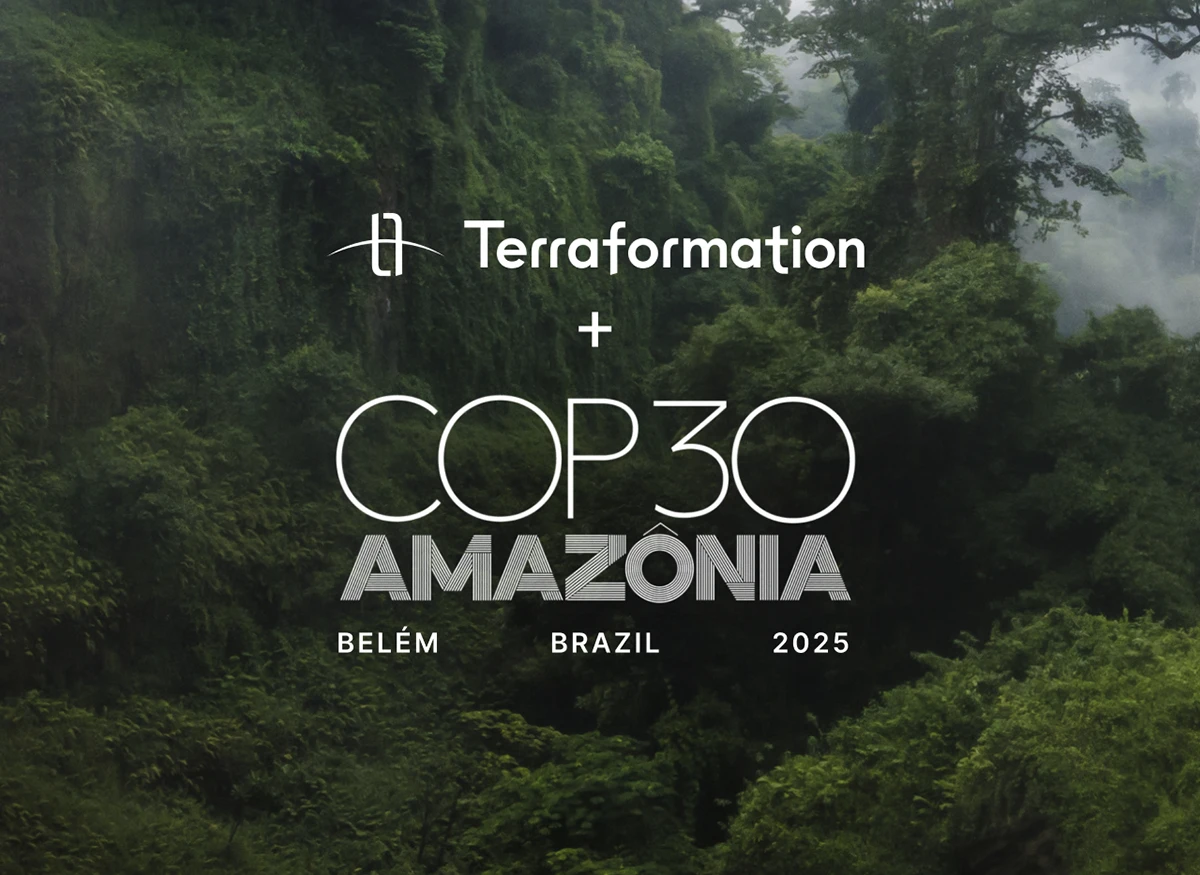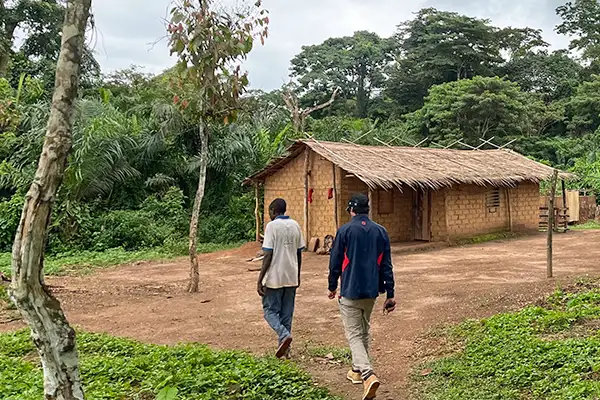Why Native Reforestation Matters

Scientific and economic research show that forests are the most proven, cost-efficient, and scalable way to sequester carbon — and that it’s possible to plant forests without diminishing lands used for human habitat and agriculture. Across the globe, governments and organizations are responding to this challenge and planting trees.
Yet despite this growing momentum, we face a major problem. Almost half of the 292 million hectares committed for restoration rely on unsustainable monoculture plantations, which harm rather than enhance the environment and provide fewer benefits for local people and economies.
We can do better. By shifting to native forest restoration, we can ensure that our forests maximize their carbon sequestration potential — while also improving biodiversity, ecosystem services, risk mitigation, and local livelihoods. To spur this kind of restoration, we need to develop tools that allow carbon markets to recognize the value of biodiverse native forests.






.webp)
.webp)








